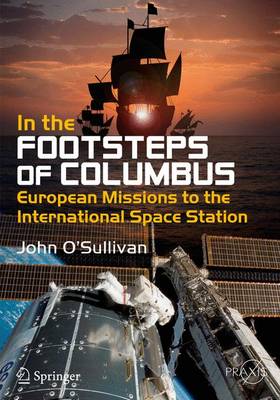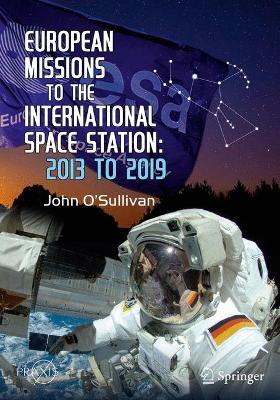Springer Praxis Books
3 total works
ESA has contributed the Columbus science laboratory as well as the Copula, the Leonardo PMM and the ATV supply ship to the station’s infrastructure but it is the human endeavor that captures the imagination. From brief visits to six month expeditions, from spacewalking to commanding the Earth’s only outpost in space, ESA astronauts have played a vital role in the international project.
Extensive use of color photographs from NASA and ESA depicting the experiments carried out, the phases of the ISS construction and the personal stories of the astronauts in space highlights the crucial European work on human spaceflight.
JAXA has contributed the largest single module to the ISS: the Kibō (Hope) science laboratory with its Logistics Module, Exposed Facility and robot arm. JAXA supplies the station with cargo and supplies on its automated cargo spacecraft, the H-II Transfer Vehicle (HTV), but it is the human endeavour that captures the imagination. From brief visits to six-month expeditions, from spacewalking to commanding the Earth’s only outpost in space, JAXA astronauts have played a vital role in the international project.
Extensive use of colour photographs from NASA and JAXA depicting the experiments carried out and the phases of the ISS construction, together with the personal stories of the astronauts’ experiences in space, highlight the crucial part the Japanese have played in human spaceflight.
The European Space Agency has a long history of human spaceflight, working with both NASA and the Soviet/Russian space agencies over the years. This book tells the story of the ESA astronauts who have visited the International Space Station and their contributions to its development and success.
For example, ESA built the Columbus science laboratory, as well as the Cupola, the Leonardo PMM and the ATV supply ship. But it is the human endeavor that captures the imagination. From brief visits to six-month expeditions and spacewalking to commanding Earth’s only outpost in space and doing experiments, ESA astronauts – whose personal stories are also told – have played a vital role in the international project. Many of their efforts are documented in photographs in the book.
In following up on the missions covered in this author’s earlier title, In the Footsteps of Columbus (2016), this book highlights European missions from the 2013 Volare mission of Luca Parmitano to his 2019 Beyond mission and includes first flights for Alexander Gerst, Samantha Cristoforetti, Andreas Mogensen, Tim Peake, and Thomas Pesquet.


